Some microorganisms have evolved the ultimate diet method. They do not need to eat food or oxygen. They only need electricity to survive.
These microorganisms usually live in the muddy seabed or on the banks of rivers. Finding them is easy: biologists simply have to insert an electrode into the sediment to induce them. The body of the bacteria closest to the electrode may even grow like a wire, so that other distant microbes can also be connected to the power supply. In effect, these bacteria are like living transmission networks.

And, we all seem to benefit from this microbial transmission grid. It can effectively solve toxic waste and other environmental pollution problems.
Electro-feeding microbes sound like stuff from science fiction, but in fact, their behavior is not as whimsical as it may seem.
Including humans, any life on the earth must use energy as long as it wants to survive. This energy exists in the form of electrons, which are tiny particles of negative charge that generate current.
Like most living things on Earth, humans mainly take the required electrons from the sugar contained in foods. A series of chemical reactions in human cells release electrons, and electrons eventually flow into oxygen, which is the oxygen we breathe into the lungs. This flow of electrons is the source of human energy.
This means that all creatures face the same challenges. Whether it is a single-celled bacterium or a blue whale, it must find the source of electrons and the place where the body releases electrons and forms a loop.
But what happens if there is no oxygen to release the electrons?


Many organisms live in a low oxygen environment, so they must find other ways to release electrons. Some organisms use the method of breathing "metal" instead of oxygen.
In 1987, Derek Lovley and his lab at the Massachusetts State University first discovered the bacteria on the banks of the Potomac near Washington.
These bacteria are called Geobacter metallireducens, which take electrons from organic compounds and then transfer electrons to iron oxides. In other words, they eat garbage (including ethanol) and "breathe" metal instead of oxygen.
Of course, this "breathing" is very different from what we usually say. First, bacteria don't have a lung, so they transfer electrons to the metal oxide outside the cell.
They do this through a special, hair-like filament protruding from the surface of the cell. These filaments act similarly to copper wires and can conduct electricity, so they are called "microbial nanowires."
Sulfur-reducing soil bacillus can use energy sources that are largely unavailable to most organisms. They can even effectively "eat" contaminants. They can convert organic compounds in leaked oil into carbon dioxide, or convert soluble radioactive metals such as thorium and uranium into insoluble forms, reducing their damage to groundwater, and generating electricity in the process.
In fact, some people even believe that in the future we can use seaweed, urine, sewage, and other waste materials to power microbiological fuel cell devices such as smart phones, and use these raw materials as the only food source for microbes. This is arguably the ultimate goal of renewable energy.
In 1988, a year after Laverley discovered the bacterium, Kenneth Nealson, a microbiologist at the University of Southern California, discovered the second type of bacteria that would expel electrons.
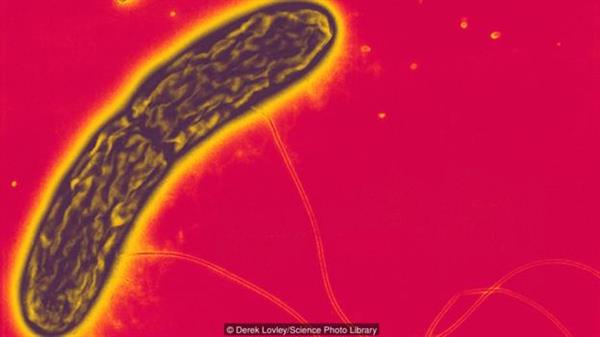
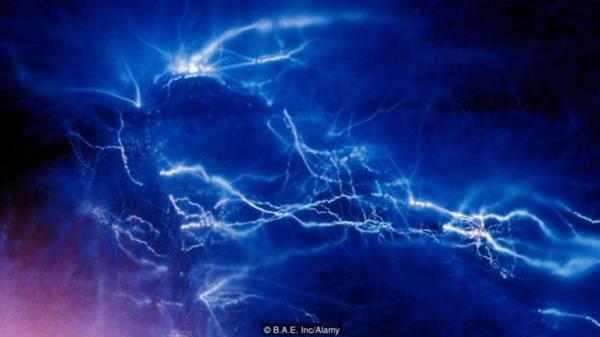
He was studying a strange phenomenon in Lake Oneida, New York. Lake Oneida contains manganese that reacts with oxygen in the air to form manganese oxide. However, Nelson found that manganese oxide was not as much as he expected, and part of it seemed to disappear. In the end, he found that the culprit was Shewanella oneidensis.
The bacteria breathe oxygen in oxygen-enriched environments, but oxygen is scarce on the shores of muddy lakes, so they can directly transfer electrons to manganese oxide, which generates current. When encountering other metals such as iron, they also use this method.
How these bacteria actually do this has long been a mystery and the answer was not unveiled until recently.
When viewed under a microscope, the outer membrane of Shewanella seems to have some long, hair-like extensions. In the beginning, people thought that these filaments, like copper wires, were used to conduct electricity, and their effects were similar to those of sulfur-reducing soil bacillus. However, it was later discovered that these long filaments only have a conductive function after being dehydrated in the laboratory.
Unlike Sulfur-reducing Basidiomycetes, Shewanella seems to transfer electrons out of the cell using a transport molecule called flavins and a protein called cytochromes in the outer membrane.
So far, this article only discusses the bacteria that will produce electricity when breathing. But the researchers have discovered that more electrons can emit electrons.
Most organisms take electrons from carbohydrates, and some bacteria can "eat up" the electrons in minerals and rocks just as if they were taking electrical energy directly from a "socket."
Annette Rowe, a Nelson graduate student, discovered six types of bacteria that survive on electrical energy on the seabed. The six bacteria are quite different from each other, and none of them have any similarities with the sulfur-reducing botulinum and Shewanella.


Rowe extracted some sediment samples from the seabed of Katrina on the California coast, brought them back to the laboratory, and inserted electrodes into them. Then she adjusted the voltage of the electrodes and observed whether the bacteria in the sediment would “eat†the electrons released on the electrodes or whether they would discharge electrons to the electrodes.
She found that when there are no other sources of "food," these bacteria will readily accept the electrons from the electrodes. But in nature, these bacteria will directly take electrons from iron and sulfur in the seabed.
People later discovered more bacteria that love to feed on electrons. In fact, if you insert an electrode into the ground and let it transport electrons, this electrode will soon be filled with bacteria that come to feed. Experiments have shown that these bacteria either "eat" or discharge electrons.
Scientists hope to find a kind of bacteria that can both “eat†electrons and discharge electrons, and rely on electrical energy and no other energy to survive.
Lafley said that scientists have found such bacteria. Some strains of S. sulphur-reducing bacilli can directly transfer electrons to the electrodes and can also receive electrons directly from the electrodes.
In 2015, we discovered that food-electricity and discharge microorganisms can actually join hands and transfer electrons between each other to form a transmission network that is common in life.
There is an abundance of methane reserves on the seafloor, and these methane are released when microorganisms consume algae and animal carcasses. If methane escapes into the atmosphere, the greenhouse effect will increase. Fortunately, there is a type of bacteria that can control this situation.
Different bacteria or archaea (unicellular microorganisms in ancient times, in many ways very similar to bacteria) can work together to degrade methane before it reaches the surface.
Gontner Wegener of the Max Planck Institute for Marine Microbiology wondered how this process was achieved. He collected samples of some bacteria (they lived on the sea floor at 60 degrees Celsius) and then placed them under a scanning electron microscope.
Under the microscope, you can see the results of some similar wires protruding from the cells of these bacteria. Although these lines are only a few nanometers wide, they are a few microns in length and are much longer than the diameter of the cells themselves. Bacteria seem to be using these nano "wires" to link themselves with archaea.
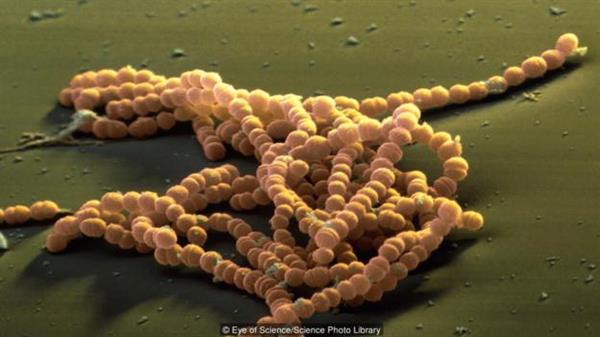
These archaea feed on the electrons of methane, oxidize methane to carbonate, and then transfer these electrons to other bacteria through nano-wires. Ultimately, these bacteria will discharge electrons to sulfates and in the process generate the energy needed by the cells.
Researchers have found genes that code for these nanowires. Only when methane is added to the bacteria's energy source will these genes be turned on, creating nano "wires" between bacteria and archaea.
The cooperation between these two kinds of microorganisms was initially formed billions of years ago, when there was no oxygen in the Earth’s atmosphere.
"One of the most interesting developments in this area is the concept that 'electrons will be transferred directly between species'." Lafferley said, "Microbes can connect with each other, share electrons, and produce their own inability to Chemical reaction performed."
Lafley and his lab also discovered other bacterial populations that can directly transfer electrons to each other.
In the laboratory, Lafley found that two species of S. sulphur-reducing bacteria, G. metallireducens and G. sulfurreducens, can be linked by electrically conductive nanowires. G. metallireducens can take electrons from ethanol and then directly transfer electrons to G. sulfurreducens through the transmission grid.
In more extreme cases, some bacteria can also be connected to form a long "cable."
The "cable bacteria" live in seabeds or river beds where oxygen is scarce. Because there is no oxygen, the electrons they produce have nowhere to go. In order to solve this problem, cable bacteria will connect with each other to form a long chain. This chain contains hundreds of cells, which can reach several centimeters in length until they find oxygen. Considering that each bacterium has only 3 or 4 microns in diameter, this is a very long distance.
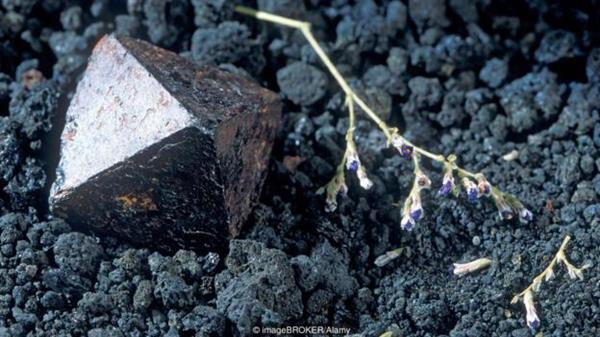
The first bacteria in the chain lives in an oxygen-deficient environment. It takes electrons from the sulphide and passes it to the next bacteria. The bacteria then transfers the electrons to the next bacteria until the electrons are discharged into the oxygen. .
This means that bacteria that originally lived in the oxygen-deprived seabed can acquire oxygen by “hand in handâ€. These bacteria are connected by the ridge structure of the surface, and it is perhaps they that use this structure to transfer electrons between each other.
Other bacteria rely mainly on rocks and minerals to complete the task of swallowing and discharging electrons.
Some bacteria attach to conductive metals, such as iron-rich magnetite, and use magnets to transfer electrons between each other. Scientists believe that magnets can form a chain, linking discharge bacteria and electrophilic bacteria together.
The environment in which these bacteria live may seem beyond our imagination, but the bacteria that can “eat†the electrons and can “breathe†the metal itself are far more common.
For example, bacteria have been found in biogas digesters that convert beer waste into methane. In a biogas digester, S. solani can directly transfer electrons to another species called Methanosaeta harundinacea, which later transfers electrons to carbon dioxide.
Even these microorganisms may be present in human viscera and produce an electronic reaction with visceral cells.
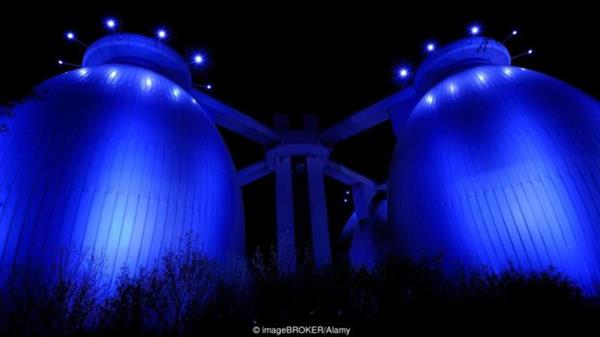
But the question is, why do bacteria evolve this ability?
When energy and food are scarce (this is very common in the seabed or deep underground), survival by electrons alone can be a very smart solution. This method does not provide enough energy to keep the creatures growing or competing, but it is enough for them to survive and survive.
If there is life on the outer planets such as Mars or Europa (a satellite of Jupiter), they may face such an impoverished environment. As space biologists look for signs of extraterrestrial life, they may be interested in these electrophilic bacteria and discharge bacteria.
Regardless of whether we can find such extraterrestrial life, the food-electricity and discharge bacteria on Earth are still a major discovery. We just need to provide them with an electrode so that they have electrons that can "suck". They can get electrons from toxic waste, oil spills, and nuclear waste. They both clean up the waste that we produce and in the process Generated electricity.
For single-celled creatures, this is already quite powerful.
High quality polyester fabric, UV-resistant, washable, light and air permeable, , durable, good wind resistance performance, easy installing, EN13561-2015 certification.
Use the special tape to fix the products, have the good protection for your original window/door.
All the fabric have the Grey Scale Level 5 performance under the xenon-arc lamps with the condition ISO 4892-2:2013 cycle 1.
As the professional Insect Screen supplier, we cooperated with consumer from all the world to settle the insect problem.Polyester Insect Screen,Window Accessories,PP Pleated Screen,Mesh Pleated Insect Screen
Huanghua Techo Building Material Co., Ltd. , http://www.insectsscreen.com
